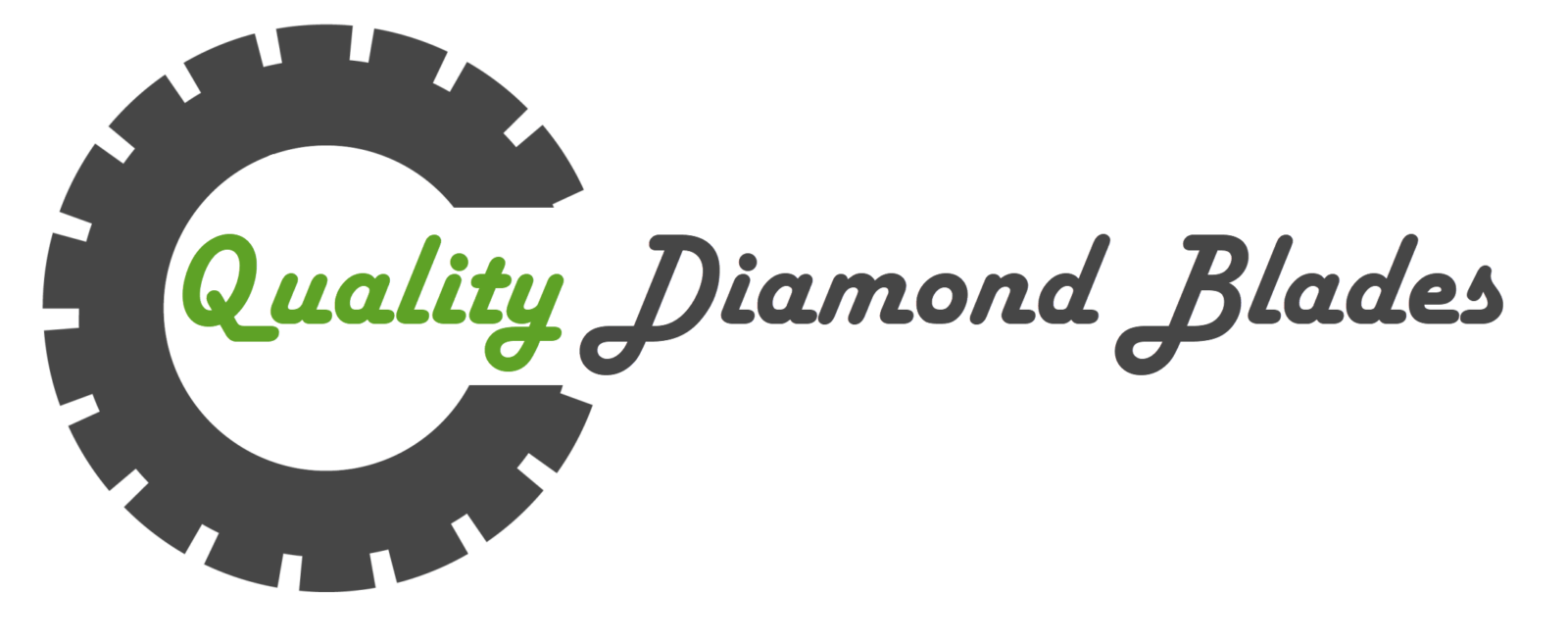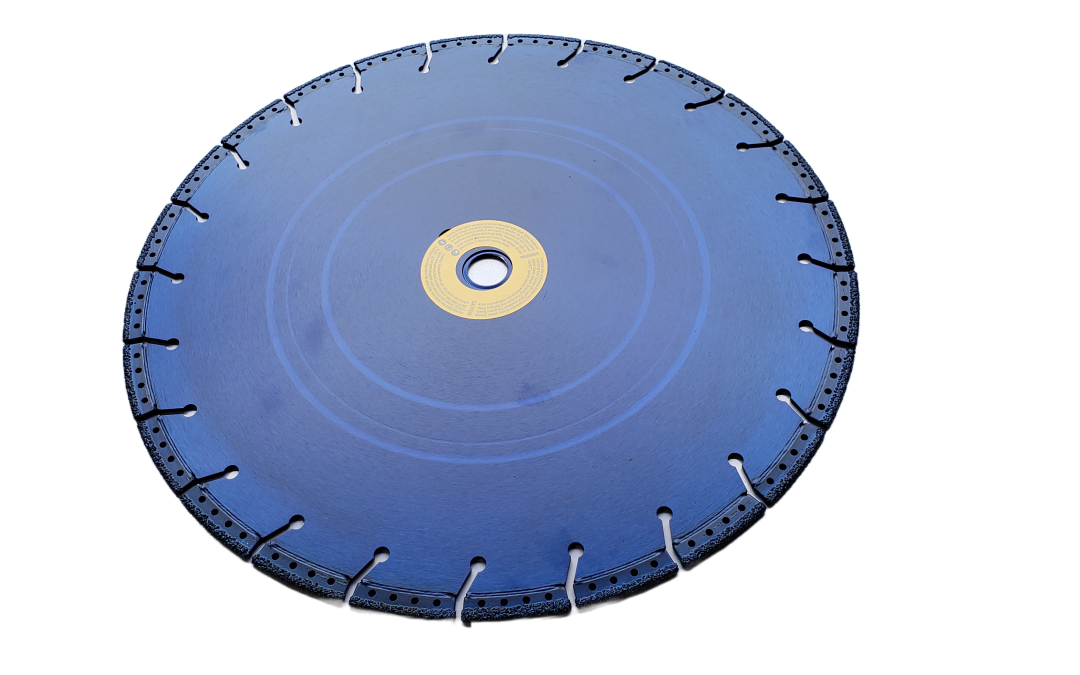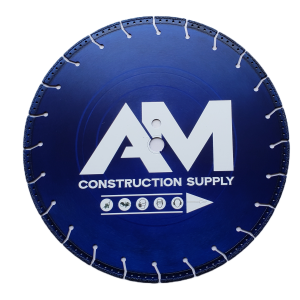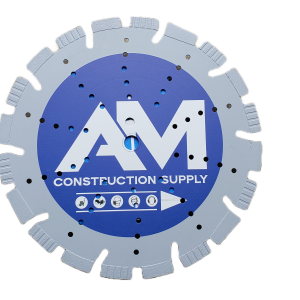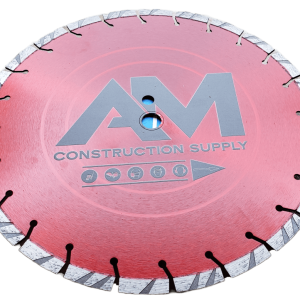When it comes to cutting through hard materials like concrete, brick, and asphalt, using the right diamond blade is essential. With so many options available on the market, it can be challenging to determine which blade will suit your cutting needs. In this article, we will discuss how to choose the right diamond blade for your cutting needs by considering factors such as blade type, size, and quality.
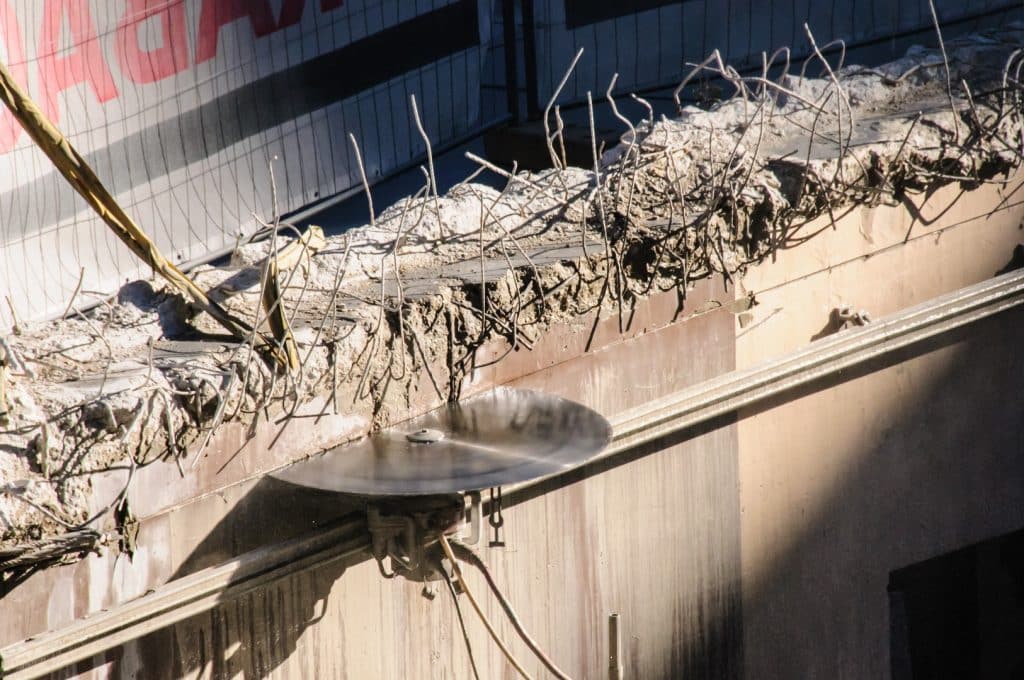
Blade Type
The first step in choosing the right diamond blade is to consider the material you will be cutting. Different types of blades are designed to cut through specific materials. For example, a segmented diamond blade is best for cutting through concrete, while a continuous rim blade is better suited for cutting through tiles or ceramics.
Size
The size of the blade you need will depend on the size of the material you will be cutting. A larger blade will allow you to cut through thicker materials, while a smaller blade is ideal for intricate cuts. It’s important to note that using a blade that is too small for the material can cause the blade to overheat, resulting in damage to the blade and potentially dangerous conditions.
Quality
Choosing a high-quality diamond blade is essential for achieving a clean, precise cut. The quality of the blade will depend on several factors, including the type of bonding agent used and the diamond concentration. Higher diamond concentration and harder bonding agents result in a longer lifespan for the blade and better cutting performance.
Blade Maintenance
Proper maintenance of your diamond blade is crucial to ensure optimal performance and lifespan. Regularly cleaning the blade and keeping it lubricated will help to prevent overheating and damage to the blade. Additionally, replacing the blade when it becomes worn or damaged will prevent accidents and ensure clean cuts.
FAQs
- What is a diamond blade? A diamond blade is a cutting tool that features diamond segments on the blade’s edge, making it ideal for cutting through hard materials like concrete and asphalt.
- How do I choose the right diamond blade? Consider the material you will be cutting, the size of the material, and the quality of the blade.
- What is the difference between a segmented and continuous rim diamond blade? A segmented blade is best for cutting through concrete, while a continuous rim blade is better suited for cutting through tiles or ceramics.
- How can I prolong the lifespan of my diamond blade? Proper maintenance, including regular cleaning and lubrication, can help to prevent overheating and damage to the blade.
- When should I replace my diamond blade? You should replace your diamond blade when it becomes worn or damaged to ensure optimal performance and prevent accidents.
Conclusion
Choosing the right diamond blade for your cutting needs is essential for achieving clean, precise cuts and ensuring optimal performance and lifespan for the blade. Consider factors such as blade type, size, and quality when selecting a blade, and be sure to properly maintain the blade to prevent damage and prolong its lifespan. Remember to always prioritize safety when using a diamond blade, and replace the blade when it becomes worn or damaged. With these tips in mind, you can select the right diamond blade for your next cutting project with confidence.
